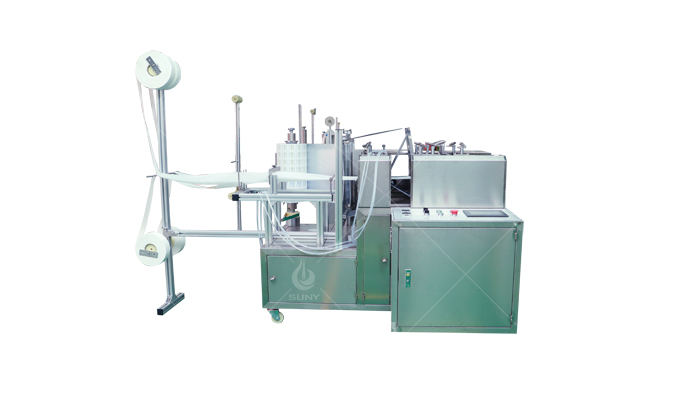Alcohol swabs, commonly used for sanitizing, cleaning, and disinfecting surfaces, are essential products in the healthcare, personal care, and industrial sectors. Their main function is to clean wounds, sterilize skin before injections, and disinfect surfaces in various medical procedures. Due to the growing demand for hygiene products, the alcohol swab manufacturing industry has witnessed significant growth. Setting up an alcohol swab manufacturing facility requires a combination of technology, equipment, and careful planning to ensure product quality and efficiency.
Understanding the Alcohol Swab Manufacturing Process
The manufacturing of alcohol swabs involves several steps, from the preparation of raw materials to the final packaging of the product. The key components used in the production of alcohol swabs include medical-grade nonwoven fabric, alcohol (usually isopropyl or ethyl alcohol), and sterile packaging material. The process aims to create swabs that are not only effective in cleaning but also safe and hygienic for medical and personal use.

Raw Material Procurement The primary raw materials required for alcohol swabs are the nonwoven fabric, alcohol solution, and the packaging material. Nonwoven fabric is chosen because of its ability to absorb liquids and its soft texture, which is important for comfort when used on the skin. Alcohol is typically used in a concentration ranging from 60% to 90%, as it is highly effective in killing bacteria and viruses. The packaging material is typically sterilized to ensure that the swabs remain free from contamination.
Fabric Cutting and Soaking Once the nonwoven fabric is sourced, it is cut into the required sizes, typically in the shape of small squares or rectangles. The size and design depend on the intended use of the swabs. The fabric pieces are then soaked in a predetermined amount of alcohol solution. This step is crucial as it ensures that the swabs are adequately saturated but not over-soaked, as excess alcohol can cause evaporation and reduce the effectiveness of the swab.
Sterilization After the swabs are soaked, they must be sterilized to eliminate any microorganisms that may be present on the fabric. The sterilization process is typically done using steam sterilization or ethylene oxide gas. This ensures that the alcohol swabs meet the necessary hygiene and safety standards before they are packaged and sent to market.
Folding and Packaging The sterilized swabs are then folded into a compact shape that fits neatly into individual packets. Packaging is an essential step in alcohol swab production, as it must not only protect the swabs from contamination but also ensure ease of use. The packaging is typically made from sterilized materials such as aluminum foil or medical-grade plastic. Each package is carefully sealed to prevent exposure to air or contaminants, ensuring that the alcohol swab remains sterile until use.
Quality Control Quality control is a critical part of the manufacturing setup. Each batch of alcohol swabs undergoes several tests to check for alcohol content, sterility, and the absence of any harmful chemicals or contaminants. The final product is tested for usability and safety before it is released into the market.
Equipment Needed for Alcohol Swab Manufacturing
To set up an alcohol swab manufacturing facility, several types of equipment are required to streamline the production process:
Cutting Machines: For cutting the nonwoven fabric into precise sizes.
Soaking Tanks: To soak the fabric in alcohol solution.
Sterilization Equipment: Steam sterilizers or ethylene oxide chambers for sterilizing the swabs.
Folding Machines: For folding the soaked fabric into the desired shape.
Packaging Machines: For efficiently packing and sealing the alcohol swabs into individual sterile packets.
Quality Control Instruments: Equipment to test alcohol concentration, sterilization, and cleanliness of the swabs.
Email:ecosanequip@gmail.com
Add: Henan Communication Industry Area, Jingbei 3rd Road, Zhengzhou, Henan, China